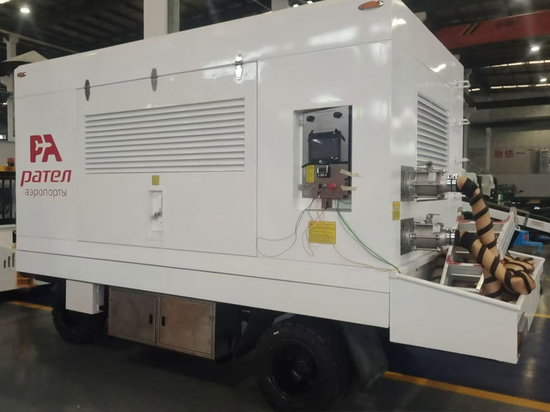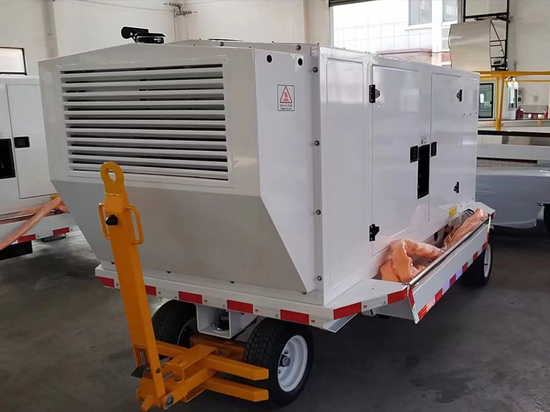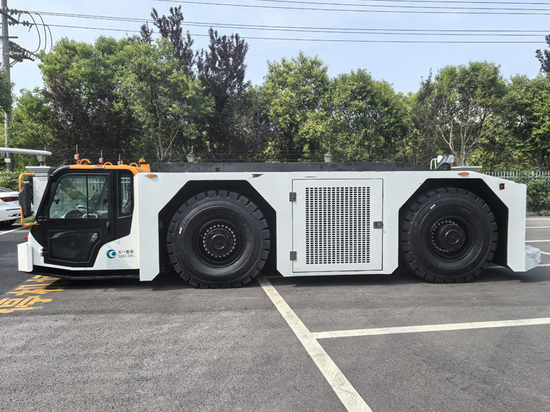
#Industry News
Installation requirements for hydraulic components of electric baggage conveyor belt
Installation requirements for hydraulic components of electric baggage conveyor belt
First, hydraulic pump/motor installation requirements:
1. Install according to the regulations and requirements of the design drawings;
2 The rotation direction of the hydraulic pump shaft and the transmission mechanism shaft must be the direction required by the pump;
3 The coaxiality of the pump shaft and the transmission mechanism should be within 0.1mm, and the inclination Angle should not be greater than 1°. When installing the shaft joint, it is better not to knock, so as not to damage the hydraulic pump rotor and other parts, the installation should be correct and firm.
4 When tightening the screws of the hydraulic pump and transmission mechanism, the screws should be stressed evenly and firmly and reliably.
5 When you rotate the coupling by hand, you should feel the hydraulic pump drive easily, without jamming or abnormal phenomena, and then you can
To pipe.
Second, hydraulic cylinder installation requirements:
1. Install according to the regulations and requirements of the design drawings;
2 The hydraulic cylinder piston rod drives the moving mechanism to be flexible and portable, and there is no stuck phenomenon in any part of the entire stroke;
3 Before installation, strictly check the assembly quality of the hydraulic cylinder itself, and confirm that the assembly quality of the hydraulic cylinder is qualified before it can be placed on the equipment.
Three, hydraulic valve installation requirements:
The installation forms of valve components are tube type, plate type, superimposed type and plug-in type. Different forms, installation methods and requirements are also different, the requirements are as follows:
1 When installing, check the records of various hydraulic valve tests and whether there are any abnormalities.
2 Check the flatness of the joint surface of the plate valve and the size and quality of the groove processing of the installation seal. If there are defects, repair or replace them.
3 Install according to the specifications and requirements of the design drawings.
4 When installing the valve, pay attention to the position of the inlet, outlet, return, control, and discharge ports, and do not install wrong. It is better to install the reversing valve horizontally.
5 Pay attention to the quality when installing, carefully check the quality of the seals, do not install wrong, to avoid damage during installation; The force of the fastening screw should be uniform when tightening, and the material and processing quality of the screw should be paid attention to the high pressure components, and the screws that do not meet the requirements should not be used.
6 Pay attention to cleaning during installation, do not wear gloves to install, do not use fiber products to wipe the installation surface (installation plate plane and valve plate plane), to prevent fiber dirt into the valve.
7 Check the following items after valve installation:
8 Push the reversing valve slide valve by hand to achieve flexible, correct and in place reset;
9 The adjusting screw of the pressure regulator should be in a relaxed state;
10 The regulating handwheel of the speed control valve should be in a state of small orifice;
11 Make the position of the reversing valve spool in the position shown on the schematic diagram;
12 Check whether the oil hole that should be blocked (such as the remote control port of the relief valve when no remote control is used) is blocked, whether the oil port of the oil pipe is connected, and ensure that the oil pipe and the oil port are tightly and reliably connected.
Four, pipeline installation requirements:
1) When installing hard pipes, there must be a gap of more than 10mm between parallel or cross pipes to prevent interference and vibration. In the case of high pressure and large flow, in order to prevent pipeline vibration, it is necessary to fix the pipeline on the support with pipe clamp every 1m or so.
2) When installing the pipeline, the route should be as short as possible, the pipe should be neatly distributed, and the right-angle turn should be less. The bending radius should be greater than 3 times the outer diameter of the pipeline, and the ellipticity of the pipeline after bending should be less than 10%. There shall be no wave deformation, unevenness, fracturing and torsional damage.
3) Before the installation of the steel pipe should check whether its inner wall corrosion phenomenon, hard pipe installation, for parallel or cross pipes, there must be more than 10mm gap between each other to prevent interference and vibration. In the case of high pressure and large flow, in order to prevent pipeline vibration, it is necessary to fix the pipeline on the support with pipe clamp every 1m or so.
4) All kinds of pipes should not have dents, wrinkles, flattening, cracking and other phenomena, the bending of the pipeline should be smooth, there should be no torsion phenomenon. Hydraulic hoses are not allowed to twist.
5) Before the installation of the steel pipe should check whether its inner wall corrosion phenomenon, generally use 20% sulfuric acid or hydrochloric acid for pickling, acyl wash with 10% soda water and then wash with warm water, dry, oil, static pressure test, confirm the qualified before installation.
5, 1) the size of the fuel tank and the selected plate should meet the requirements of the hydraulic system
2) The tank should be carefully cleaned, dried with compressed air, and then checked with kerosene weld quality.
3) There is more than 150mm space at the bottom of the tank for moving, oil discharge and heat dissipation.
4) There is enough supporting area to adjust with gaskets and wedges during assembly and installation.
5) The seal between the tank cover and the box should be reliable.





